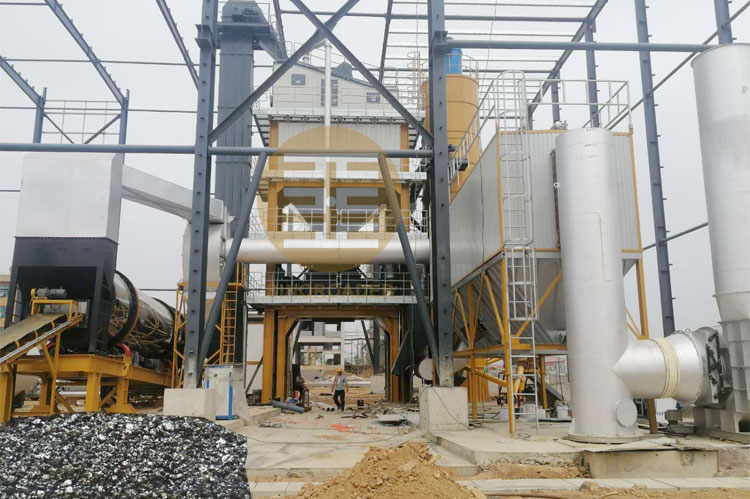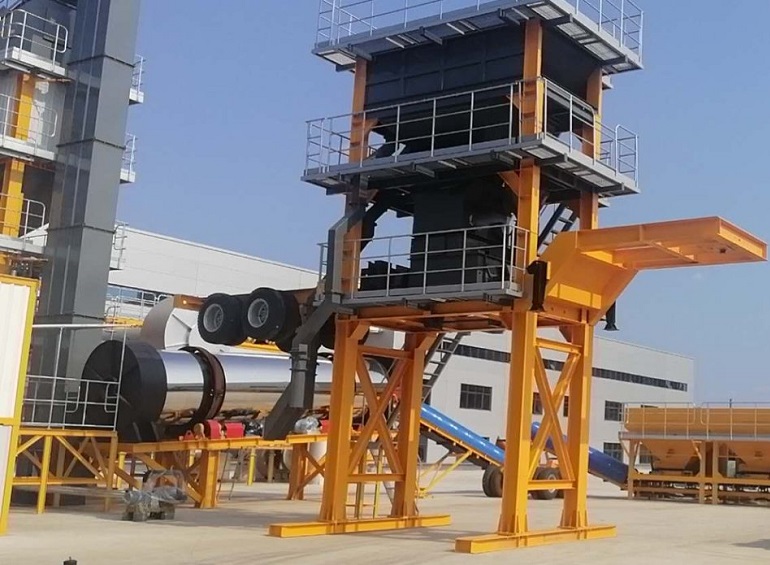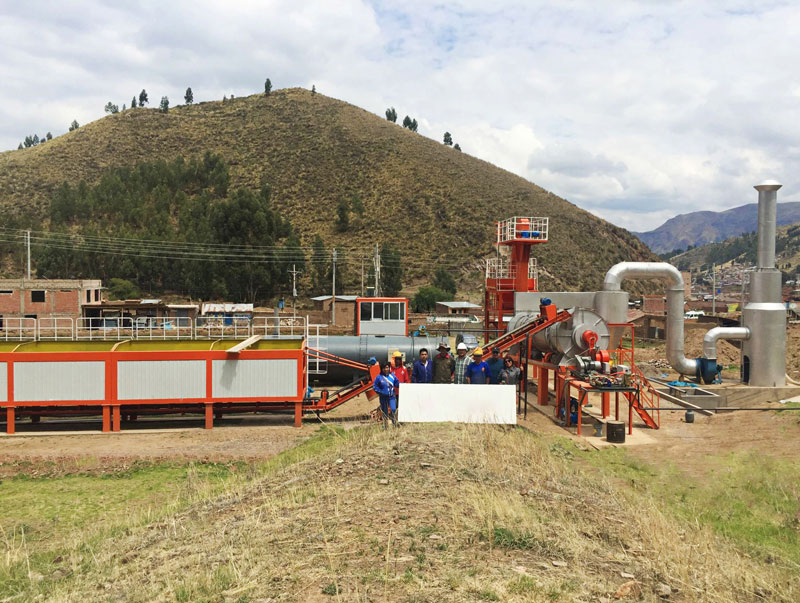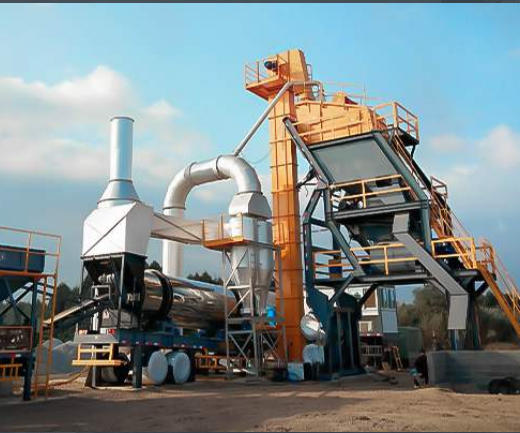Factors affecting the production and finished materials of asphalt mixing plant
1. Raw materials
Coarse aggregate: crushed stone with sufficient strength and wear resistance, rolled gravel. It acts as a skeleton in the pavement structure. The adhesion of alkaline materials to asphalt is better, and it is common to use but its strength and wear resistance are poor. Due to the appearance of admixtures, more and more acidic stones are used. In the crushing process, a hammer crusher or impact crusher should be used for processing to ensure good grain shape and edges.

Fine aggregate: natural sand, artificial sand and stone chips, etc. Since most of the stone chips are leftovers in the stone crushing process, the strength is low, so the dosage ratio should be controlled carefully and cannot be used in the middle and upper layers. Special attention should be paid to controlling the moisture content of fine aggregates. The source of materials during construction is generally complicated. The phenomenon of simultaneous discharge of multiple stock yards is very common, and the materials are mostly stacked in the open air. Therefore, the fluctuation range of the moisture content is extremely large, especially for fine materials and limestone with large water absorption. Moisture can enter the aggregate and cause the moisture content to change by more than 10%.
*Mineral powder: refers to alkaline materials with particles smaller than 0.075mm. Too much mineral powder will thin the oil film on the surface of the particles, and the mixture will be dry and crack at low temperature. If the mineral powder is too low, there will be excessive oil content, which will cause future road surface cold oil and bag picking.
*Asphalt: a viscous cementing material with cohesion, temperature sensitivity, aging resistance and durability. Its performance index is related to the source and extraction method of asphalt, and needs to be determined. In addition, the wax content also needs to be strict control.
The influence of the drying process
A. The influence of the structural size of the drying cylinder, the cross-sectional area and length of the drying cylinder, the speed of gas, the structure and arrangement of the blades, the rotation speed of the drying cylinder, the inclination angle, etc. all have an impact on the drying quality, and other factors are in the design Certainly, during use, only the rotating speed and inclination angle of the drying cylinder can be adjusted within a certain range.
Adjustment principle: to ensure that the water in the aggregate can fully evaporate, and the shortest time required to heat the aggregate to a given temperature is determined.



 RU
RU MM
MM AR
AR




